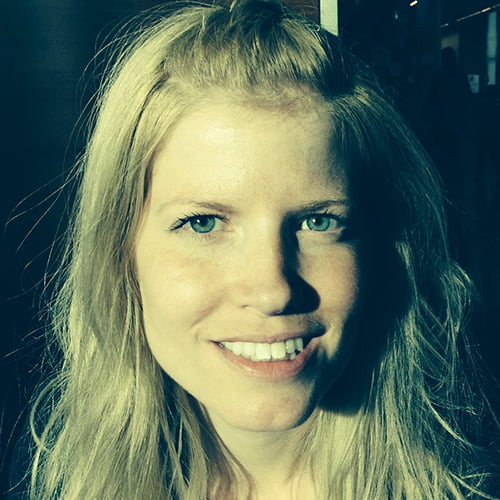Noa
Barbiro
Roundtable – Leading Product Development for Deep Learning Computer Vision models, Challenges and mitigations (hint: Transfer Learning)
Booking.com

Noa
Barbiro
Roundtable – Leading Product Development for Deep Learning Computer Vision models, Challenges and mitigations (hint: Transfer Learning)
Booking.com

Bio
Noa Barbiro is Group Product Manager Data Science at Booking.com Tel Aviv Machine Learning Center, with a years of experience with leading product development in Israel and US.
At Booking.com Noa is leading deep learning technologies product development focusing on computer vision fand real-time voice-to-text transcription, in cross-disciplinary agile teams (including data science, UX research and design, software development and copywriting).
In addition, Noa is promoting diversity and inclusion by managing mentorship program at ‘LeadWith – Women Leading Tech’ to encourage women’s professional growth.
Bio
Noa Barbiro is Group Product Manager Data Science at Booking.com Tel Aviv Machine Learning Center, with a years of experience with leading product development in Israel and US.
At Booking.com Noa is leading deep learning technologies product development focusing on computer vision fand real-time voice-to-text transcription, in cross-disciplinary agile teams (including data science, UX research and design, software development and copywriting).
In addition, Noa is promoting diversity and inclusion by managing mentorship program at ‘LeadWith – Women Leading Tech’ to encourage women’s professional growth.
Abstract
Being the third largest e-commerce company in the world, focused in the travel industry, Booking.com has billion images and other types of visual content.
With recent years’ technology advancement and the introduction of deep learning technologies it makes sense to understand content of those images.
In my talk I’ll walk through the decision making of building in-house computer vision model, and the different product led applications for computer vision model, image annotation and testing precision / recall thresholds to quantify optimal end-user impact.
Topics which would be covered: data collection, annotation projects and learnings from those, transfer learning, ambiguous visual content classification (e.g. romantic, young, etc.), similarity measures between images and the use cases for those.
Abstract
Being the third largest e-commerce company in the world, focused in the travel industry, Booking.com has billion images and other types of visual content.
With recent years’ technology advancement and the introduction of deep learning technologies it makes sense to understand content of those images.
In my talk I’ll walk through the decision making of building in-house computer vision model, and the different product led applications for computer vision model, image annotation and testing precision / recall thresholds to quantify optimal end-user impact.
Topics which would be covered: data collection, annotation projects and learnings from those, transfer learning, ambiguous visual content classification (e.g. romantic, young, etc.), similarity measures between images and the use cases for those.
Discussion Points
- Challenges of developing deep learning models for computer vision.
- Different computer vision model for different applications: search (similarity), clustering and captioning.
- The subtle influence for image label annotation work:
- Who are the best people to be ‘recruited’ for each labeling project?
- The importance of question or task they are asked to answer for each image.
- Pragmatic approach towards data collection and clustering (for Voice and Images)
- The thought process behind building DL models in-house vs. using 3rd party APIs for image recognition.
- How do we combine understanding of visual content with other data points to generate prediction pipeline?
- How to mitigate precision and recall for Computer Vision model?
- The power of data science, copywriting and UX design in one team.
Discussion Points
- Challenges of developing deep learning models for computer vision.
- Different computer vision model for different applications: search (similarity), clustering and captioning.
- The subtle influence for image label annotation work:
- Who are the best people to be ‘recruited’ for each labeling project?
- The importance of question or task they are asked to answer for each image.
- Pragmatic approach towards data collection and clustering (for Voice and Images)
- The thought process behind building DL models in-house vs. using 3rd party APIs for image recognition.
- How do we combine understanding of visual content with other data points to generate prediction pipeline?
- How to mitigate precision and recall for Computer Vision model?
- The power of data science, copywriting and UX design in one team.




